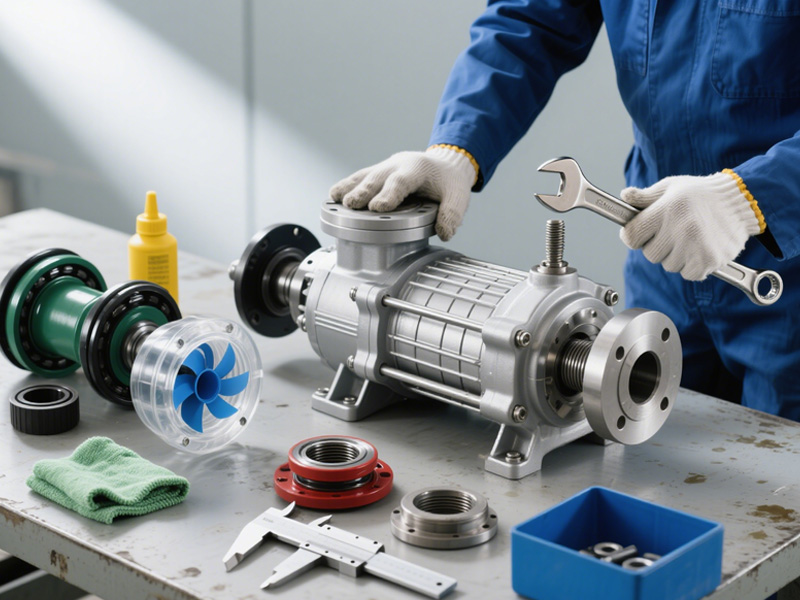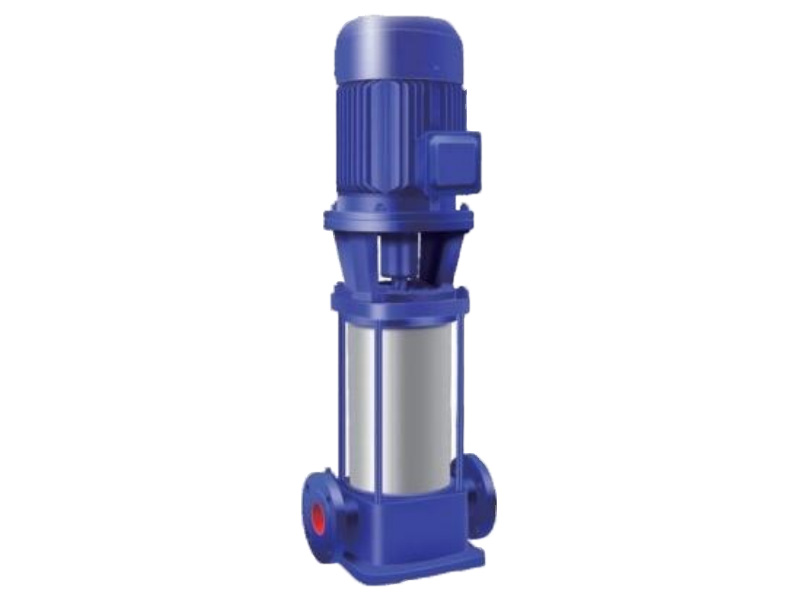Maintenance and Care Considerations for Multistage Pumps
This article by Shengshi Datang details the maintenance methods for multistage pumps. Similar principles can be applied to other pumps, such as magnetic drive pumps.
When stopping a multistage pump, first close the gate valve and pressure gauge, then turn off the motor. For the first month of operation, replace the lubricating oil after 100 hours, and thereafter every 500 hours. Regularly adjust the packing gland to ensure proper drip leakage from the packing chamber (a drip leakage rate is ideal). Periodically inspect the wear of the shaft sleeve, and replace it promptly if significant wear is detected. During winter use, after stopping the pump, open the drain plug at the bottom of the pump body to drain the medium and prevent freezing cracks. If the multistage pump is out of service for an extended period, disassemble it completely, dry all parts, and apply grease to moving components and joints before reassembly.

Daily maintenance of the pump is crucial, and regular upkeep is necessary.
1.Frequently check whether the motor and pump body lubrication points have sufficient oil and whether the bearing operation sounds normal during pump operation.
2.Ensure the alignment of the motor and pump couplings is consistent.
3.Check for water or air leaks in the pump’s suction pipeline.
4.Verify that the balance pipe is not blocked.
5.Monitor whether the pump’s discharge pressure is normal.
6.Check for excessive vibration during pump operation.
7.Inspect whether the bearing housing is overheating.
8.Manually rotate the pump to ensure smooth operation.
9.Confirm that the pump’s installation foundation is secure.
10.For pumps using packing seals, regularly add, tighten, or replace the shaft sleeve as needed.

Inspect the multistage pump’s pipelines and joints for looseness. Manually rotate the pump to check for smooth operation. Add bearing lubricating oil to the bearing housing, ensuring the oil level is at the centerline of the oil gauge. Replace or replenish lubricating oil promptly. Unscrew the priming plug on the pump body and fill it with water (or slurry). Close the gate valve on the discharge pipeline, as well as the outlet pressure gauge and inlet vacuum gauge. Start the motor briefly to verify the correct rotation direction. Once the motor is running and the pump operates normally, open the outlet pressure gauge and inlet vacuum pump to observe appropriate pressure readings. Gradually open the gate valve while monitoring the motor load. Try to control the pump’s flow and head within the range indicated on the nameplate to ensure operation at the highest efficiency point for optimal energy savings.
For DF-type multistage pumps, the bearing temperature during operation should not exceed the ambient temperature by 35°C, with a maximum temperature of 80°C. If abnormal noises are detected, stop the pump immediately and inspect the cause.